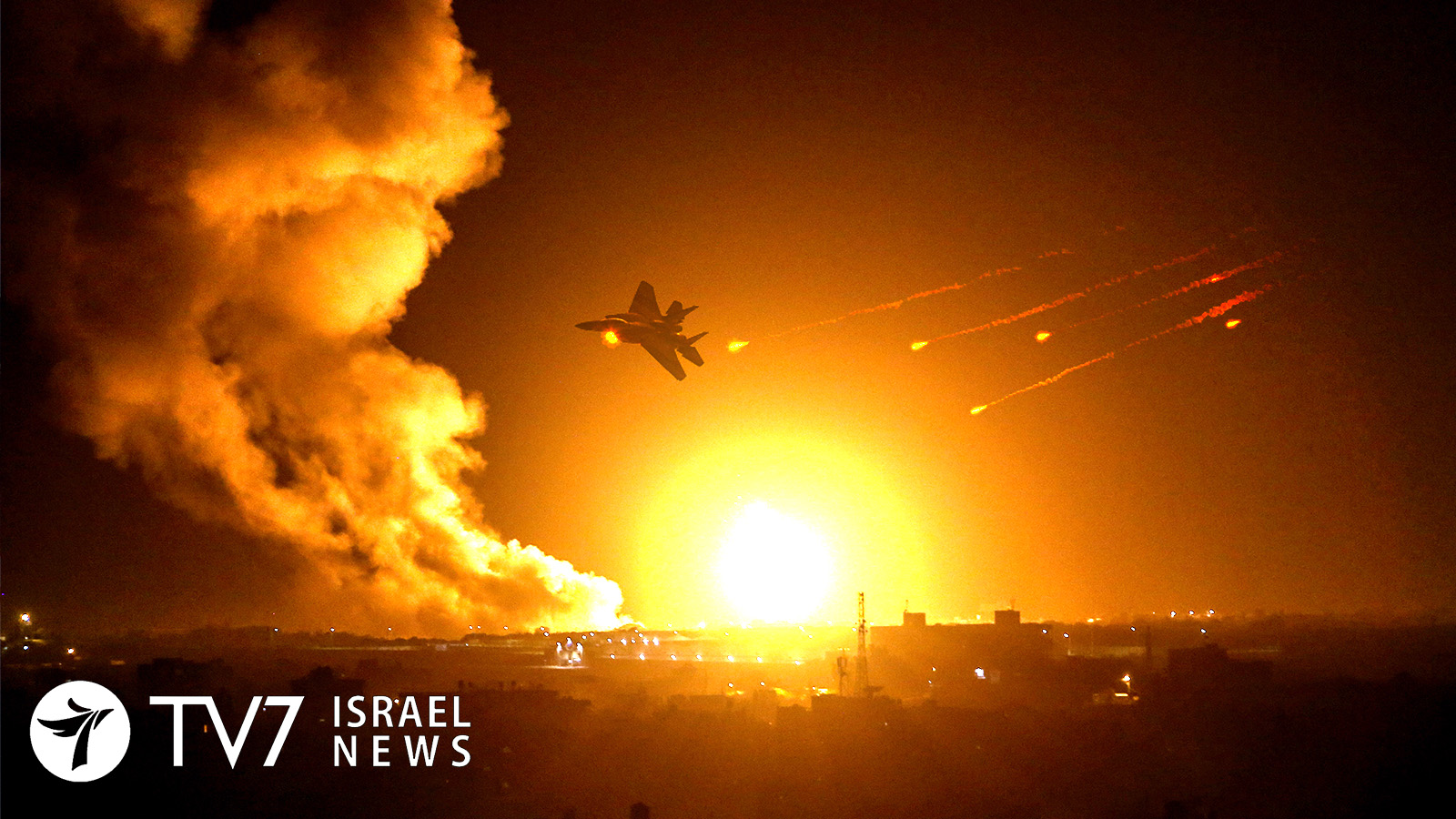Israel acting to peel off Iran’s tentacles, either glued to it or farther away
By Amir Oren
In the Middle East, with its shifting winds and summer heat and spring storms, the weather is a major factor in weighing the benefits and risks of executing operational plans. Accurate weather information is as important as intelligence on enemy forces, movements and intentions.
When American transport planes and helicopters flew to Desert One, the staging point in the April 1980 attempt to free the diplomats taken hostage by Iranian Islamic revolutionaries at the Tehran Embassy, the operation, Eagle Claw, fell apart due to a sand storm. When Desert Storm came along, exactly 30 years ago, the weather once again had a central role in time and space calculations.
Israel has its eye on the weather especially in regard to its Northern front. In the early 1980’s, as the IDF drew contingency plans for a campaign against Palestinian and Syrian forces in Lebanon, it had three variations for the same basic outline, Cedars (later changed to Pines) – the generic one, Rolling and Winter. It would make all the difference in the world, or at least in this corner of it, whether war is waged in June or in January.
So Bob Dylan was wrong. It does take a weatherman to know which way the wind is blowing in Syria, where Iran’s Quds Force is trying to entrench itself to pursue its campaign against Israel from both the Syrian districts adjacent to the Golan Heights and Lebanon, with Syria serving as a trans-shipment route for weapons between Tehran and Beirut.
Four years ago, in January 2017, then-General Staff Chief Gadi Eisenkot brought a bold plan to the security decision-making cabinet. Eisenkot recommended that the IDF, and especially the Air Force, be authorized to conduct a determined campaign against Quds Force bases, units and headquarters in Syria, in order to destroy their assets, drive them away from Israel’s vicinity and disrupt their network.
Defense Minister Avigdor Liberman and Prime Minister Binyamin Netanyahu did not object. They gave Eisenkot a free hand to run the campaign, operationally shepherded by IAF chiefs Amir Eshel and Amikam Norkin. The IDF/IAF military machine carried it out with distinction, even as it clandestinely took part in a persistent fight against ISIS forces in the same country.
Iran, which prefers not to pay with its iwn blood for dreams of expanding the Shiite outreach and to extinguish Israel, has done what many empires did througout history. It recruited Foreign Legions, composed of locals and migrants, mercenaries and nomads. Their motives – money, religion, ideology – do not matter. As Tennyson wrote long ago about another war, Theirs not to reason why, theirs just to do and die.
After successfully peeling these militias away from their outposts facing Golan, Israel saw them stubbornly sticking like Epoxy glue to other areas in Syria’s North and East. Some of those are so close to Western Iraq, which hosted the launchers for the missiles which hit Israel in January and February 1991, that they are considered as being in the “third circle” of targets as looked at from Tel Aviv.
Proxy or Epoxy, Israel would not let go, weather permitting. If one wonders why a certain strike attributed to Israel took place at a certain time, not a day earlier or a week later, the answer is probably hidden in weather reports and forecasts (or overcasts). Planes and munitions are quite affected by clouds, fog and similar phenomena.
Earlier this week the skies were clear enough for several formations of fighter-planes to hit Iranian proxy targets in both countryside and urban settings. Assuming that these were indeed IAF aircraft – Israeli spokesmen made no effort to deny the obvious – it meant that Major General Norkin returned via his pilots to Deir-el-Azur province, on the Euphrates River, where in 2007 he planned as a Colonel in charge of Air Force operations the mission to take out the North Korean built Syrian nuclear reactor.
Realizing that the most remote – or urban – places in Syria would not provide them immunity from Israel’s reach, the Iranians are already laying the ground for two additional launching pads of missiles and drones against Israel. One is Eastern rather than Western Iraq, across from the Iranian border – same range, more deniability, even if under a thin veneer – and the other is Houthi-held Northern Yemen.
The Iranians and their hosts in both countries have been put on notice. The capabilities are known, the intentions are suspected, and Israel’s own ability to fly long distances – to Entebbe, to Tunis, to Yemen itself (in so-called “Sauce” airlift help to Royalist forces, per British and America request, in the 1960’s) are etched in memory. There is no reason to doubt Israel’s determination to retaliate or even pre-empt, whatever the distance.
The real weakness is in the concept of deterrence. The Iranians may not mind their proxies being hit, if it serves their strategic purpose – reminding the freshly installed Biden Administration that renewed talks on a nuclear deal cannot be left to an abstract agenda items with low priority compared to more pressing domestic and foreign business. It may not seem that urgent to Biden, but to the sanctions-suffering Ayatollahs it is time-critical, and in order to get the White House’s attention, they may not mind a conflagaration, even one in which their hired guns – not, God Forbid, their own boys – get soundly beaten by the Israel Air Force.
